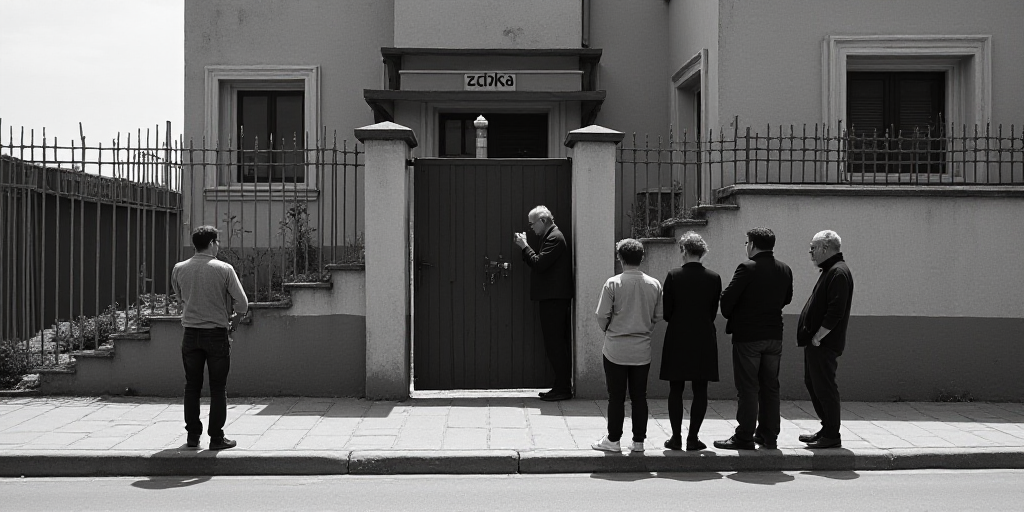Introduction
The National Institute of Statistics and Census (INDEC) reported that the percentage of households below the poverty line (LP) in Argentina reached 24.1% during the first half of 2025. This represents a decrease from the previous year’s second semester, where poverty affected nearly 18 million people with an 38.1% rate.
Key Statistics
According to INDEC, 31.6% of the population lives below the poverty line, with 5.6% of households falling under the indigence line, encompassing 6.9% of individuals. The data specifies that there are 2,456,090 households below the poverty line, comprising 9,451,018 people. Furthermore, 565,821 households are below the indigence line, accounting for 2,051,984 individuals.
Comparison with Previous Period
Compared to the second semester of 2024, poverty rates decreased by 4.5 percentage points for households and 6.5 percentage points for individuals. Indigence rates dropped by 0.8 percentage points for households and 1.3 percentage points for individuals.
Regional Trends
The report also highlights a decrease in poverty and indigence across all regions.
Poverty Gap Analysis
INDEC also noted that the poverty gap, or the distance between household incomes and the consumption baskets of poor households, stood at 37%.
Criticism of INDEC’s Methodology
University Catholic Argentina (UCA) Raises Concerns
The UCA’s Social Debt Observatory has questioned the public interpretation of INDEC’s data, acknowledging a statistical decrease in poverty but warning that the magnitudes might be overrepresented. The UCA’s official statement, “A Sober Represented Decrease in Poverty in Argentina,” criticizes the transparency of INDEC’s methodology.
UCA’s Main Criticisms
- Improved Income Capture: The Observatory argues that recent modifications in the income survey, amidst a slowed inflation context, allow for better capture of labor and non-labor incomes previously unaccounted for.
- Outdated Basic Consumption Baskets: The UCA claims that the reference baskets (Total Basic Basket and Basic Food Basket) remain anchored in outdated consumption structures from 2004-2005, with only sporadic adjustments. This debilitates the index’s ability to accurately reflect real-life household situations.
- Lack of Transparency in Methodological Changes: The UCA emphasizes that without clear documentation of methodological changes and questionnaire adjustments, comparability between periods is compromised.






